In today’s fast-paced world, where more and more companies are recognizing the importance of sustainability, it’s no surprise that the concept of sustainable office interior design is gaining traction. Gone are the days when office spaces were merely functional; now, they are evolving into eco-friendly work environments that prioritize employee well-being and environmental responsibility. In this blog post, we will delve into the secrets of sustainable office interior design, unlocking its potential to transform your workspace into a harmonious and eco-conscious haven. Imagine stepping into an office that not only inspires creativity and productivity but also promotes a greener future. Picture vibrant greenery adorning every corner, natural light streaming through large windows, and innovative materials that reduce energy consumption. This is what sustainable office interior design is all about – creating spaces that are both aesthetically pleasing and environmentally friendly. Sustainable office interior design goes beyond saving energy and reducing waste; it encompasses a holistic approach that takes into account the health and well-being of the employees. The layout, furniture, lighting, and even air quality are carefully considered to create a workspace that nurtures productivity and promotes a positive work environment. From incorporating biophilic design elements to utilizing renewable materials, every aspect of sustainable office interior design is geared towards transforming your workspace into a sustainable oasis. So, if you’re curious to discover how sustainable office interior design can revolutionize your workplace, join us as we reveal the secrets that will inspire you to reimagine your office space. Get ready to unleash your creativity and embark on a journey towards a greener, more sustainable future.
The Benefits of Sustainable Office Interior Design
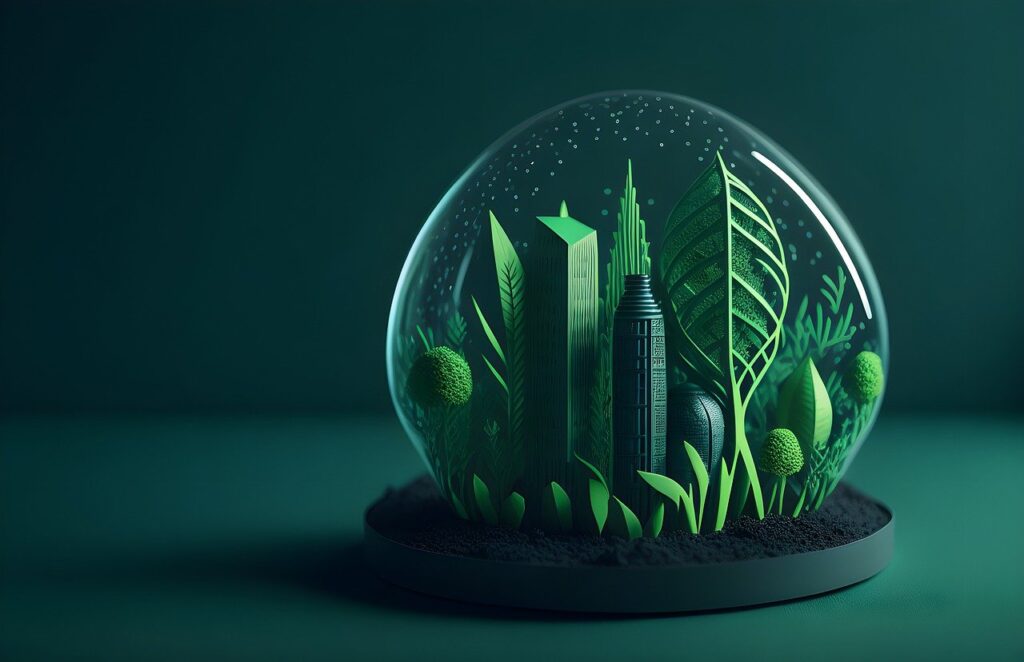
Are you tired of working in a dull and uninspiring office? Do you long for a workspace that not only looks beautiful but also promotes a healthy and sustainable environment? If so, sustainable office interior design might be the solution you’ve been searching for. By incorporating eco-friendly practices and principles into the design of your office space, you can transform it into a haven of creativity and productivity.
One of the key benefits of sustainable office interior design is its positive impact on employee well-being. Traditional office spaces often neglect the importance of creating a healthy work environment, resulting in decreased employee satisfaction and productivity. However, sustainable design takes a holistic approach, considering factors such as natural lighting, ergonomic furniture, and improved air quality to ensure the well-being of your employees. By prioritizing their health and comfort, you can create a workplace that fosters creativity, collaboration, and overall job satisfaction.
Another advantage of sustainable office design is its contribution to environmental conservation. In today’s world, where climate change and resource depletion are pressing issues, incorporating sustainable practices in your office can make a significant difference. From using energy-efficient lighting systems to utilizing recycled or renewable materials, every small choice you make can have a positive impact on the planet. By reducing your carbon footprint and embracing eco-conscious design principles, you are not only doing your part in preserving the environment but also setting an example for others to follow.
Moreover, sustainable office interior design can also be a powerful branding tool. In today’s socially and environmentally conscious landscape, customers and clients are increasingly drawn to businesses that prioritize sustainability. By showcasing your commitment to eco-friendly practices through your office design, you can enhance your brand’s reputation and attract like-minded individuals who share your values. A sustainable workspace becomes a tangible representation of your company’s vision and ethos.
So, if you’re ready to transform your workspace and reap the benefits of sustainable office interior design, it’s time to take the plunge. Embrace the secrets of sustainable design and create an office space that not only looks visually appealing but also aligns with your values. By investing in sustainable practices, you can create a positive work environment that supports employee well-being, contributes to environmental conservation, and sets your business apart from the competition. Together, let’s embark on a journey towards a greener, more sustainable future.
Incorporating Biophilic Design Elements for a Healthier Workspace

Incorporating biophilic design elements in your office space can greatly contribute to creating a healthier and more sustainable workspace. Biophilic design is the practice of incorporating natural elements and materials into the built environment, which has been proven to enhance employee well-being and productivity.
One way to incorporate biophilic design in your office is by introducing indoor plants. Not only do plants improve indoor air quality, but they also create a calming and soothing atmosphere that can reduce stress levels. Additionally, the presence of greenery in the office has been shown to increase creativity and focus among employees.
Another element of biophilic design is the use of natural light. Maximizing natural light in your office can not only reduce energy consumption but also improve employee mood and productivity. Consider using large windows, skylights, or light shelves to bring in as much natural light as possible. If natural light is limited, you can also use full-spectrum LED lighting that mimics natural daylight.
Using sustainable and locally sourced materials is another aspect of sustainable office interior design. Opt for furniture, flooring, and wall coverings made from recycled or renewable materials. This not only reduces the environmental impact but also supports local businesses and economies.
In addition to these design elements, consider implementing energy-saving measures such as installing motion sensor lights, energy-efficient appliances, and smart thermostats. Encourage employees to practice sustainable habits like recycling and reducing waste by providing designated recycling stations and reusable water bottles.
By incorporating biophilic design elements and adopting sustainable practices, you can create a workspace that not only benefits the environment but also enhances employee well-being and productivity. Take the initiative to transform your office into a sustainable haven and inspire others to follow suit. Together, we can pave the way for a greener and more sustainable future.
Maximizing Natural Light: Harnessing the Power of Daylight
Incorporating biophilic design elements in your office space can greatly contribute to creating a healthier and more sustainable workspace. Biophilic design is the practice of incorporating natural elements and materials into the built environment, which has been proven to enhance employee well-being and productivity.

Harnessing the Power of Daylight in your workspace is one of the key aspects of sustainable office interior design. By maximizing natural light, you can not only reduce energy consumption but also create a healthier and more productive environment for your employees.
To make the most of daylight, consider rearranging the layout of your office to allow for ample sunlight to enter. Position workstations and desks near windows to ensure that employees have access to natural light throughout the day. This will not only save on electricity costs but also create a more pleasant and inviting atmosphere.
In addition to rearranging the layout, you can also make use of window treatments that allow for better light control. Install blinds or shades that can be easily adjusted to regulate the amount of sunlight entering the space. This way, you can reduce glare and excessive heat while still enjoying the benefits of natural light.
Furthermore, make sure to choose light-colored and reflective surfaces for your office furniture, flooring, and wall coverings. This will help to bounce natural light around the room, further enhancing the overall brightness. Additionally, consider using glass partitions or open shelving to allow light to penetrate deeper into the workspace.
By harnessing the power of daylight, you not only create a visually appealing and sustainable office but also provide your employees with a connection to the outside world. Natural light has been proven to enhance mood, increase productivity, and promote overall well-being. So, let the sun shine in and transform your workspace into a sustainable haven that benefits both your employees and the environment.
With these strategies, you are on your way to creating a workspace that embraces sustainable office interior design and inspires others to follow suit. Together, we can pave the way for a greener and more sustainable future.
Energy-Efficient Lighting Solutions: Illuminating Your Workspace Responsibly
In addition to utilizing reflective surfaces and maximizing natural light, there are several other strategies you can employ to transform your workspace into a sustainable haven. One effective approach is to invest in energy-efficient lighting solutions.
Traditional incandescent bulbs consume a significant amount of energy and contribute to higher electricity bills. By replacing them with energy-efficient alternatives such as LED or CFL bulbs, you can reduce your energy consumption and minimize your carbon footprint. These lighting options not only consume less energy but also have a longer lifespan, resulting in cost savings in the long run.
Another way to illuminate your workspace responsibly is by installing motion sensor lights. These lights automatically turn on when someone enters the room and turn off when the space is unoccupied. This feature ensures that lights are only used when needed, reducing unnecessary energy consumption.
Furthermore, consider implementing a smart lighting system that allows you to control and adjust the brightness and color temperature of the lights. This technology enables you to create a comfortable and productive atmosphere while minimizing energy usage. By dimming the lights during daylight hours or adjusting the color temperature to match the natural light, you can further enhance the overall sustainability of your workspace.
To maximize the benefits of your energy-efficient lighting solutions, consider integrating them with a smart energy management system. This system can monitor and optimize your energy usage, identifying areas where further efficiency improvements can be made. By analyzing data and providing actionable insights, a smart energy management system helps you make informed decisions about energy consumption in your workspace.
By incorporating these energy-efficient lighting solutions into your sustainable office interior design, you can create a workspace that not only benefits the environment but also enhances the well-being and productivity of your employees. Embrace the secrets of sustainable office interior design and lead the way towards a greener future.
Choosing Sustainable Materials: Reducing Environmental Impact
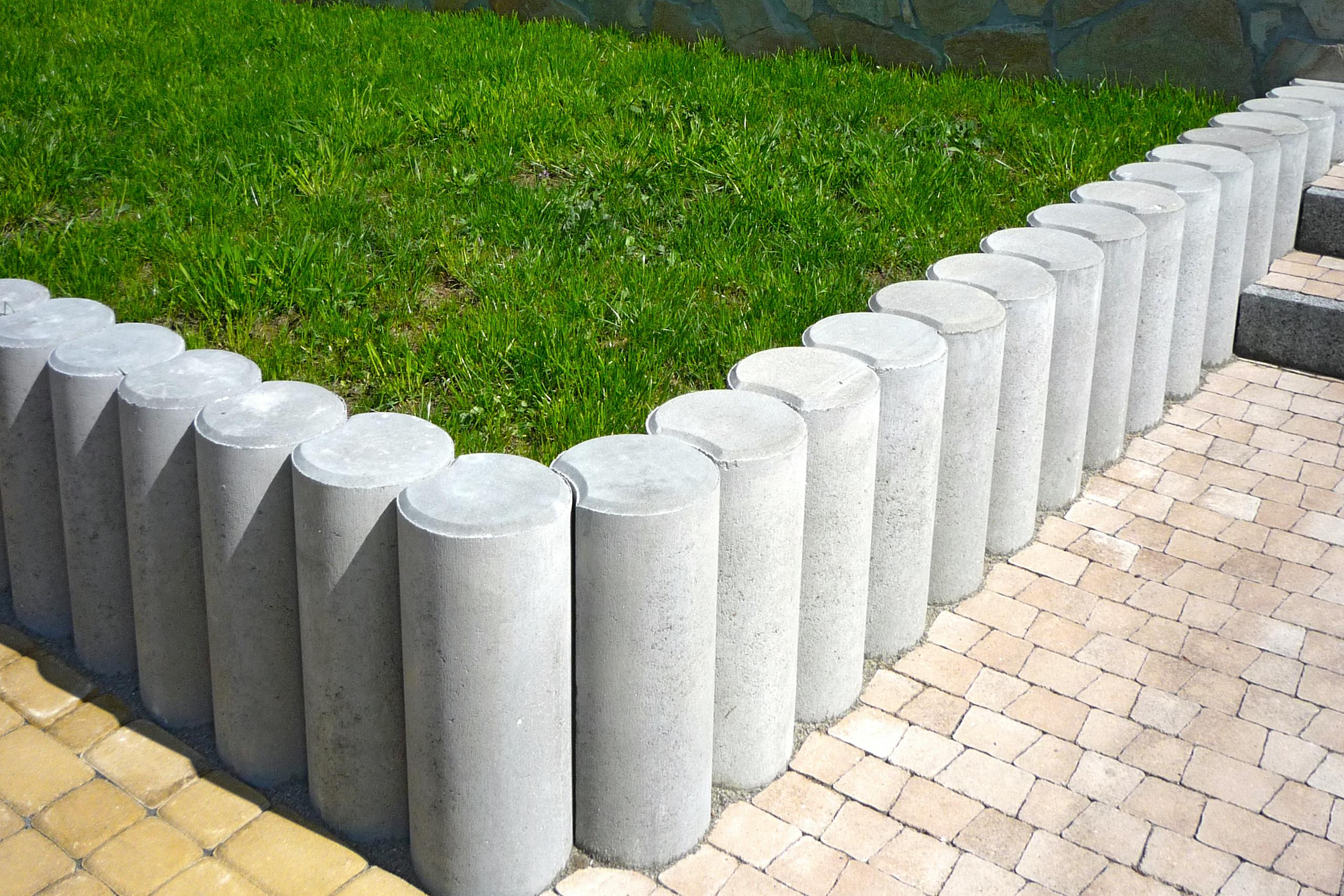
Choosing sustainable materials is a crucial aspect of creating a truly eco-friendly workspace. By selecting materials that have a low environmental impact, you can contribute to the overall sustainability of your office interior design.
One important consideration is to opt for materials that are renewable and responsibly sourced. For example, instead of using traditional hardwoods for flooring or furniture, you can choose bamboo, which grows quickly and can be harvested without causing significant harm to the environment.
Another sustainable choice is to use recycled materials. Many manufacturers now offer products made from recycled plastics, metals, or textiles, which can help reduce the demand for new raw materials and minimize waste.
Additionally, it’s essential to prioritize materials that have low or no volatile organic compounds (VOCs) emissions. VOCs are chemicals that can be released into the air from certain materials, such as paints, adhesives, or carpets, and they can contribute to indoor air pollution. By selecting low VOC alternatives, you can ensure a healthier and more comfortable work environment for your employees.
Furthermore, consider the durability and longevity of the materials you choose. Opting for high-quality, long-lasting materials reduces the need for frequent replacements, ultimately reducing waste and resource consumption.
Lastly, don’t overlook the importance of proper waste management during the construction or renovation process. Implement recycling programs and work with contractors who prioritize responsible waste disposal to minimize the impact on the environment.
By incorporating these sustainable material choices into your office interior design, you can not only create a visually appealing workspace but also contribute to a greener future.
Creating a Healthy Indoor Environment: Air Quality and Ventilation
In the pursuit of sustainable office interior design, it is crucial to prioritize the air quality and ventilation of the workspace. Harmful chemicals, known as volatile organic compounds (VOCs), can be emitted into the air from various materials commonly used in office spaces, such as paints, adhesives, and carpets. These VOCs contribute to indoor air pollution, which can have adverse effects on the health and well-being of employees.
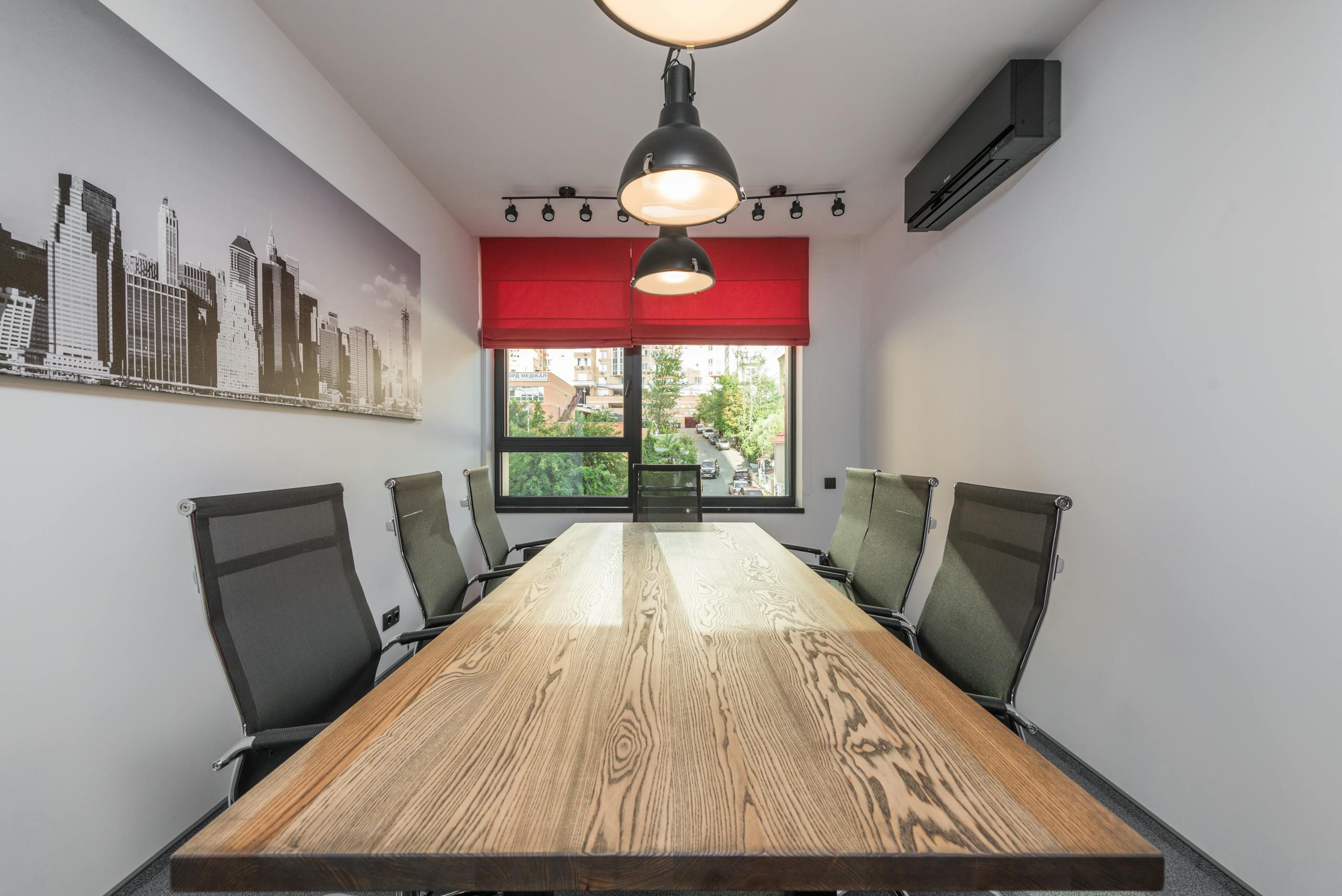
To ensure a healthier work environment, it is essential to choose low VOC alternatives when selecting materials for your office interior. Low VOC paints, adhesives, and carpets are readily available in the market and can significantly reduce the emission of harmful chemicals into the air. By opting for these environmentally friendly options, you can promote better air quality and protect the health of your employees.
In addition to considering the air quality aspects, it is equally important to factor in the durability and longevity of the materials used in your office design. Choosing high-quality, long-lasting materials not only reduces the need for frequent replacements but also minimizes waste generation and resource consumption. By embracing sustainable material choices, you can create a workspace that is both aesthetically pleasing and environmentally responsible.
Another crucial aspect of sustainable office interior design is proper waste management during the construction or renovation process. Implementing recycling programs and working with contractors who prioritize responsible waste disposal can significantly reduce the environmental impact of your project. By diverting waste from landfills and promoting recycling, you can contribute to a greener future and lessen the overall carbon footprint of your office space.
By incorporating these sustainable practices into your office interior design, you can create a workspace that not only enhances the well-being of your employees but also contributes to a healthier planet. Transforming your workspace into an environmentally conscious haven not only showcases your commitment to sustainability but also sets a positive example for others to follow. Embrace the secrets of sustainable office interior design, and pave the way for a greener future.
Ergonomics and Comfort: Designing for Employee Well-being

Ergonomics and comfort are essential aspects of sustainable office interior design that greatly contribute to employee well-being. When designing your workspace, it is crucial to prioritize furniture and equipment that promote proper posture and reduce the risk of injuries. This includes ergonomic chairs, adjustable desks, and supportive accessories such as wrist rests and footrests.
By investing in ergonomic furniture, you not only enhance the comfort of your employees but also improve their productivity and overall job satisfaction. Ergonomic chairs, for instance, provide optimal support to the spine, reducing the likelihood of back pain and musculoskeletal disorders.
In addition to ergonomic furniture, incorporating natural elements into your office design can create a more soothing and conducive environment. Biophilic design, which integrates nature-inspired elements like plants, natural light, and water features, has been proven to reduce stress levels and increase productivity.
Furthermore, proper lighting is crucial for employee well-being and energy efficiency. Maximize natural light by positioning workstations near windows and using light-reflecting surfaces. Additionally, invest in energy-efficient LED lighting systems that offer the right level of brightness without consuming excessive energy.
Creating designated spaces for relaxation and socialization is also important. Breakout areas, lounges, and communal spaces encourage collaboration and provide employees with much-needed breaks from their desks. Incorporate comfortable seating, recreational activities, and access to nature to create a well-rounded and inviting environment.
Ultimately, sustainable office interior design goes beyond just aesthetics. It takes into consideration the well-being of employees and the impact on the environment. By prioritizing ergonomics, comfort, natural elements, and efficient lighting, you can create a workspace that not only promotes productivity but also supports the health and happiness of your employees. Transform your workspace into an oasis of sustainability and employee well-being, setting a positive example for others to follow.
Flexible Spaces: Promoting Collaboration and Adaptability
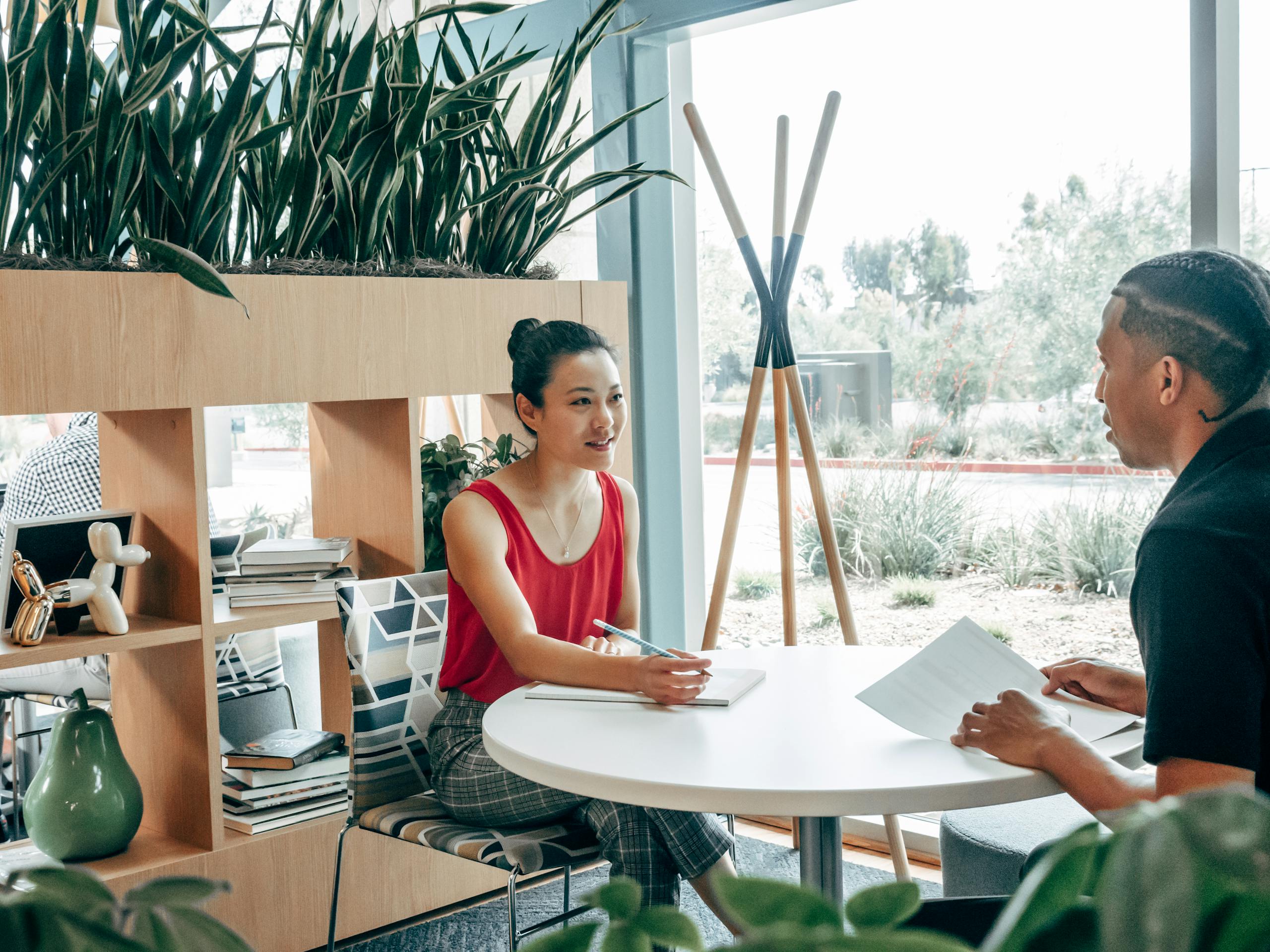
In addition to creating designated spaces for relaxation and socialization, flexible spaces are crucial in promoting collaboration and adaptability within the office. By incorporating versatile furniture and modular layouts, you can easily transform a space to accommodate different activities and team sizes.
One effective way to promote collaboration is through the use of open-plan layouts. By removing physical barriers such as cubicles or walls, you encourage communication and teamwork among employees. This layout also allows for easier supervision and interaction between team members and managers.
Another aspect to consider is the integration of technology in the workspace. Providing employees with easy access to digital tools and platforms enhances productivity and collaboration. Incorporating video conferencing capabilities, interactive whiteboards, and cloud-based document sharing systems enable seamless communication and collaboration, even for remote teams.
Furthermore, adaptability should be a key consideration in sustainable office interior design. The ability to reconfigure and repurpose spaces as needed ensures that the office can easily adapt to changing business needs. This flexibility not only maximizes the use of available space but also saves resources by minimizing the need for extensive renovations or relocations.
By combining flexible spaces, open-plan layouts, and technology integration, you create an environment that fosters collaboration, innovation, and adaptability. This dynamic workspace promotes employee engagement and satisfaction, ultimately leading to increased productivity and business success.
Remember, sustainable office interior design is not just about creating a visually appealing workspace; it’s about prioritizing the well-being of employees, the environment, and the overall success of the organization. So, embrace the secrets of sustainable office interior design and transform your workspace into a hub of creativity, collaboration, and sustainability.
The Role of Technology in Sustainable Office Design
In today’s fast-paced and ever-changing business landscape, the ability to adapt and evolve is essential for success. This holds especially true when it comes to office spaces. The concept of sustainable office interior design goes beyond just creating a visually pleasing workspace; it aims to prioritize the well-being of employees, the environment, and the overall success of the organization.
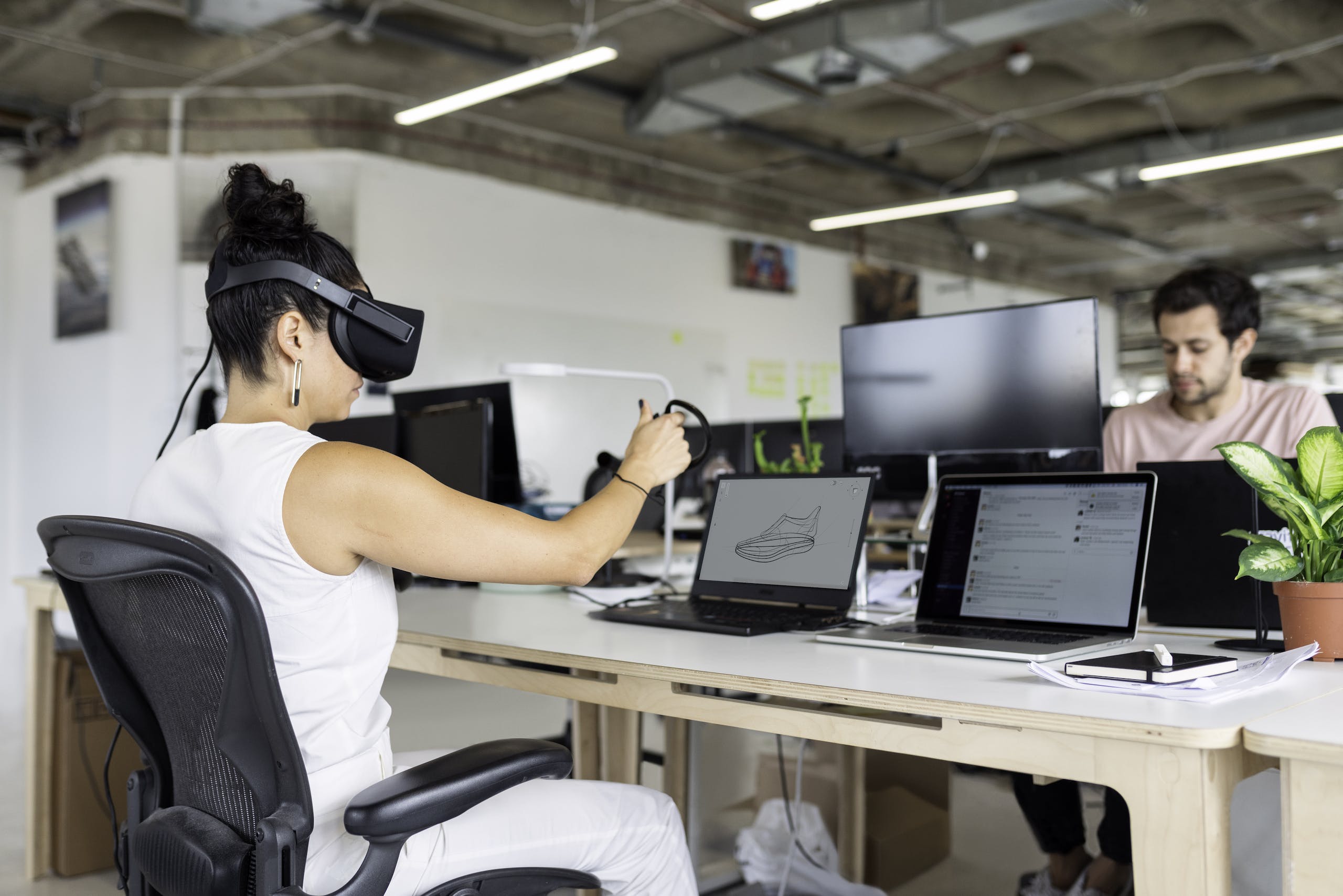
One key aspect of sustainable office design is the ability to reconfigure and repurpose spaces as needed. By embracing flexible spaces, open-plan layouts, and technology integration, businesses can create an environment that fosters collaboration, innovation, and adaptability. This dynamic workspace not only promotes employee engagement and satisfaction but also leads to increased productivity and business success.
Furthermore, the benefits of sustainable office design go beyond the immediate advantages for businesses. By minimizing the need for extensive renovations or relocations, organizations can save valuable resources while reducing their environmental footprint. This approach maximizes the use of available space and minimizes waste, ultimately contributing to a more sustainable future.
Technology plays a crucial role in achieving sustainable office design. From energy-efficient lighting systems to smart building automation, integrating technology into the workspace can significantly reduce energy consumption. Additionally, the use of digital communication tools and virtual collaboration platforms can minimize the need for excessive paper usage and unnecessary travel, further supporting sustainability efforts.
In conclusion, by embracing the secrets of sustainable office interior design, businesses can transform their workspaces into hubs of creativity, collaboration, and sustainability. This not only benefits employees but also contributes to the overall success of the organization. So, whether it’s through adaptable spaces, technology integration, or a focus on environmental consciousness, investing in sustainable office design is a worthwhile endeavor for any forward-thinking business.
Conclusion: Transforming Your Workspace into a Sustainable Oasis
In today’s world, where environmental consciousness is becoming increasingly important, transforming your workspace into a sustainable oasis is not only a responsible choice but also a smart business move. By following the secrets of sustainable office interior design, you can create a workspace that not only benefits the environment but also enhances productivity and employee well-being.
One of the key aspects of sustainable office design is the integration of technology. By utilizing energy-efficient lighting systems throughout the office, you can significantly reduce energy consumption. Smart building automation, such as motion sensors and programmable thermostats, can further optimize energy usage by automatically adjusting lighting and temperature based on occupancy. This not only saves energy but also lowers utility costs for your business.
Another essential element of sustainable office design is the reduction of paper usage. Digital communication tools and virtual collaboration platforms have revolutionized the way we work. By utilizing these technologies, you can minimize the need for excessive paper printing and document storage. This not only saves trees but also simplifies information sharing and improves workflow efficiency.
In addition to technology integration, creating adaptable spaces is crucial for sustainable office design. By incorporating flexible furniture and modular layouts, you can easily reconfigure your workspace to accommodate changing needs and promote collaboration. This eliminates the need for major renovations or expansions, reducing both costs and environmental impact.
Moreover, it’s important to incorporate biophilic design principles into your workspace. Biophilic design focuses on connecting employees with nature by incorporating elements such as natural lighting, indoor plants, and views of the outdoors. This not only enhances the aesthetics of the office but also improves air quality, reduces stress, and increases productivity.
Investing in sustainable office design not only aligns your business with environmental values but also demonstrates your commitment to social responsibility. It can improve employee morale, attract top talent, and enhance your company’s reputation as a forward-thinking and sustainable organization.
In conclusion, by unveiling the secrets of sustainable office interior design – integrating technology, reducing paper usage, creating adaptable spaces, and incorporating biophilic design – you can transform your workspace into a sustainable oasis. Not only will you contribute to a healthier planet, but you will also create a more productive and inspiring work environment for your employees. So, take the leap and embrace sustainable office design to reap the benefits it offers for your business and the world.





